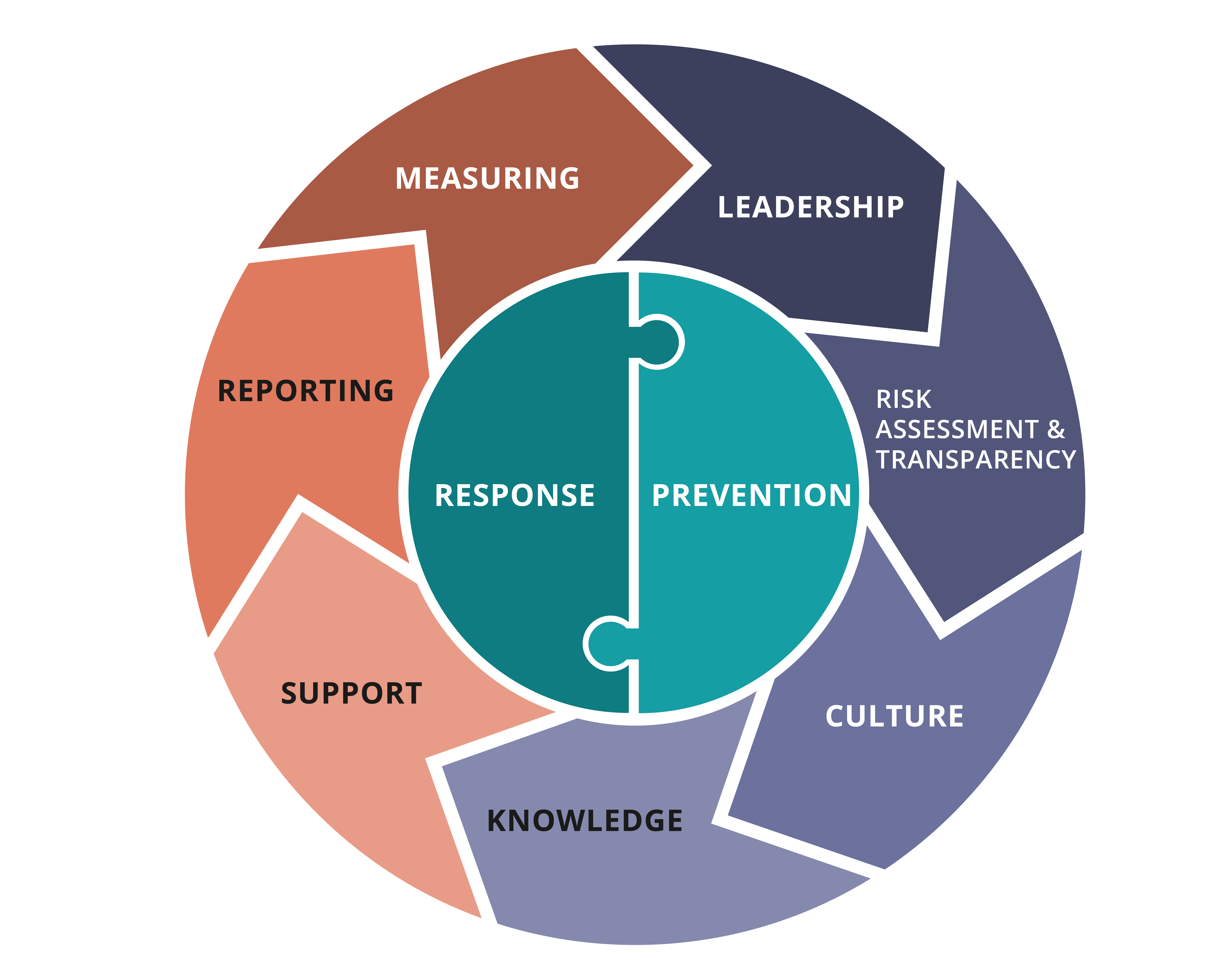On 29 January 2020, the Australian Human Rights Commission (AHRC) handed down its Respect@Work National Enquiry into Sexual Harassment in Australian Workplaces report.
The report made 55 recommendations designed to tackle the ongoing issue of sexual harassment in Australian workplaces. The previous Morrison government implemented a number of the recommendations contained in the report and in early 2022, the Federal Opposition committed to the implementation of all 55 recommendations if it came to power at the May federal election.
In December 2022 the federal parliament passed the Anti-discrimination and Human Rights Legislation Amendment (Respect@Work) Bill 2022. This bill implements a further 7 of the 55 recommendations from the Respect@Work report by amending the Sex Discrimination Act. One of these amendments is designed to implement Recommendation 17 of the Respect@Work National Enquiry Report.
Recommendation 17: Amend the Sex Discrimination Act to introduce a positive duty on all employers to take reasonable and proportionate measures to eliminate sex discrimination, sexual harassment and victimisation, as far as possible. In determining whether a measure is reasonable and proportionate, the Act should prescribe the factors that must be considered including, but not limited to:
- the size of the person’s business or operations;
- the nature and circumstances of the person’s business or operations;
- the person’s resources;
- the person’s business and operational priorities;
- the practicability and the cost of the measures; and
- all other relevant facts and circumstances.
The amendment came into effect in December 2023 following a 12 month preparation phase for organisations to amend their polices, procedures and practices to align with the new positive duty requirements.
Worklogic has seen a varied response from our clients to the new positive duty requirements with many taking a different approach to how they manage complaints of sexual harassment, sexual discrimination and victimisation in their workplace and developing new strategies in attempting to meet their positive duty requirements.
Some of these new approaches we have seen include:
- Significantly ramping up their education and training programs regarding the prevention of sexual discrimination, sexual harassment and victimisation in their workplace.
- Focus on upskilling their people leaders to deliver better prevention and complaints management processes.
- Implementation of enhanced complaint management processes.
- Introducing third party anonymous whistle-blower hotlines.
- Enhanced focus on psychosocial wellbeing.
- Utilising alternative dispute resolution processes
- Implementing restorative coaching programs
- Implementing Consequence Management Frameworks to improve the consistency in complaints management and disciplinary processes.
- Conducting preliminary assessments to address complaints prior to going straight to workplace investigations.

At Worklogic we are strongly recommending to our clients that to ensure that they can clearly demonstrate they are positively meeting their positive duty obligations that they should be:
- Conducting a risk assessment to ensure that their organisation is meeting their obligations in line with the Australian Human Rights Commission Guidelines for Complying with the Positive Duty;
- Taking a whole of organisation approach. Positive Duty is not a Human Resources issue to manage but requires the whole organisation to take a focussed approach;
- Reviewing and amending their workplace policies related to sexual discrimination, sexual harassment and victimisation to reflect the new “positive duty” requirements;
- Reviewing their training and education programs related to sexual discrimination, sexual harassment and victimisation or implement new programs to meet the “positive duty” requirements;
- Review their complaints management processes related to the prevention of and reporting of sexual discrimination, sexual harassment and victimisation; and
- Review the skills and capabilities of their people leaders to ensure that they are adequately equipped to actively prevent and appropriately address sexual discrimination, sexual harassment and victimisation in the workplace.
In light of the new legislation, employers should already be taking positive steps to ensure that their processes and systems are directed at both proactively preventing and responding to sexual discrimination, sexual harassment and victimisation in their workplaces in line with the new requirements.
All employers should already be already implementing the above as the regulatory framework implemented through the new legislation that provides powers to the Australian Human Rights Commission to investigate organisations in already underway and orders and penalties are already being handed down by the Commission to organisations who cannot demonstrate their positive duty obligations.
Watch the companion Worklogic Webinar:


The Positive Duty to Prevent Sexual Harassment. What are the latest shifts and trends as seen by Worklogic consultants and what’s on the horizon for employers?
In this Worklogic webinar, Worklogic director Jason Clark and Principal consultants Samantha Edwards and Simon Thorne will provide their insights into the developing landscape of employer practices in response to the positive duty requirements. Watch Webinar



